Frederick Quinn019532563X, 9780195325638
Quinn establishes four basic themes around which the image of Islam gravitates throughout history: the Prophet as Antichrist, heretic, and Satan; the Prophet as Fallen Christian, corrupted monk, or Arab Lucifer; the prophet as sexual deviant, polygamist, and charlatan, and the Prophet as Wise Easterner, Holy Person, and dispenser of wisdom. A feature of the book is a strong portrayal of Islam in literature, art, music, and popular culture, drawing on such sources as Cervantes’s Don Quixote; the Orientalism of numerous visual artists; the classical music of Monteverdi and Mozart; and more recent cultural manifestations, such as music hall artists like Peter Dawson and Edith Piaf; and stage or silver screen representations like The Garden of Allah, The Sheik, Aladdin, and The Battle of Algiers. Quinn argues that an outpouring of positive information on basically every aspect of Islamic life has yet to vanquish the hostile and malformed ideas from the past. Conflict, mistrust, and misunderstanding characterize the Muslim-Christian encounter, and growing examples of cooperation are often overshadowed by anger and suspicion.
In this important book, Quinn highlights long-standing historical prejudices but also introduces the reader to some of the landmark voices in history that have worked toward a greater understanding of Islam.
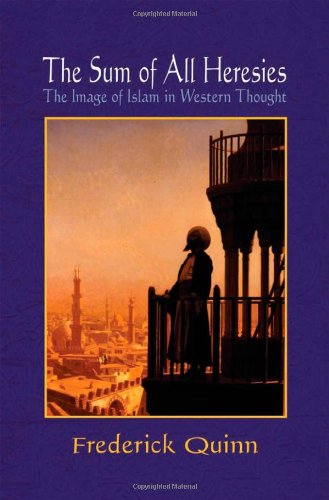
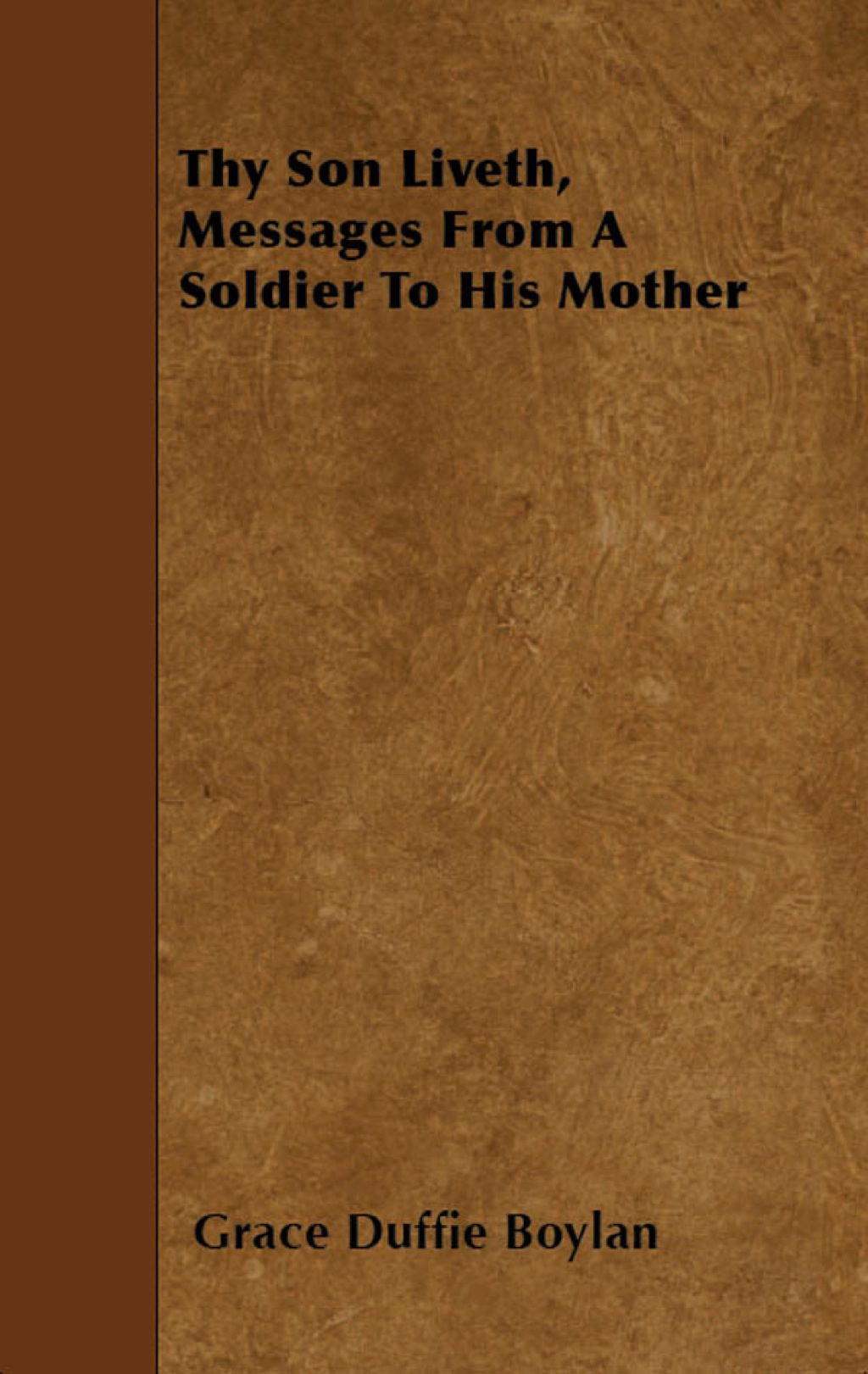

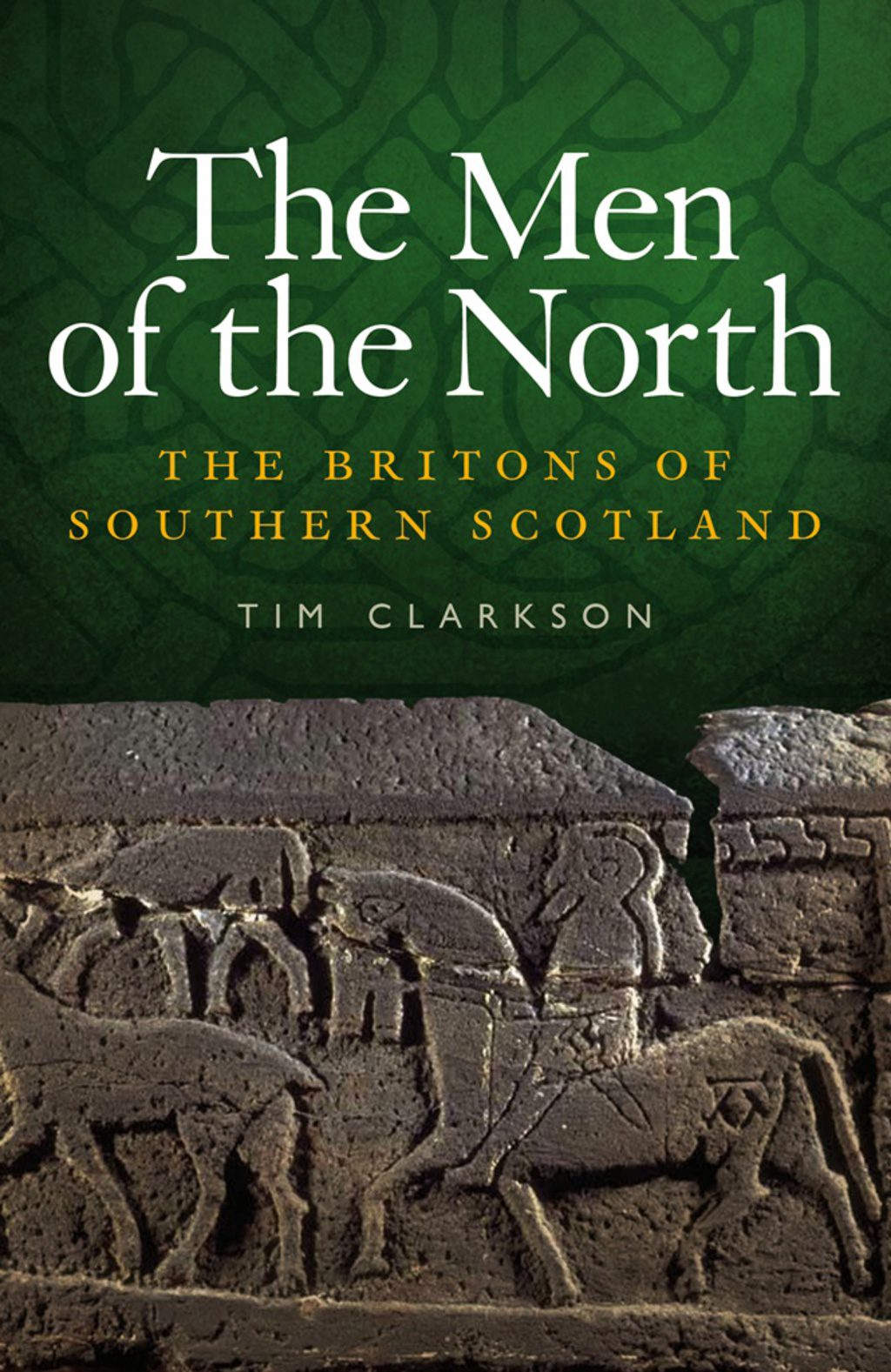
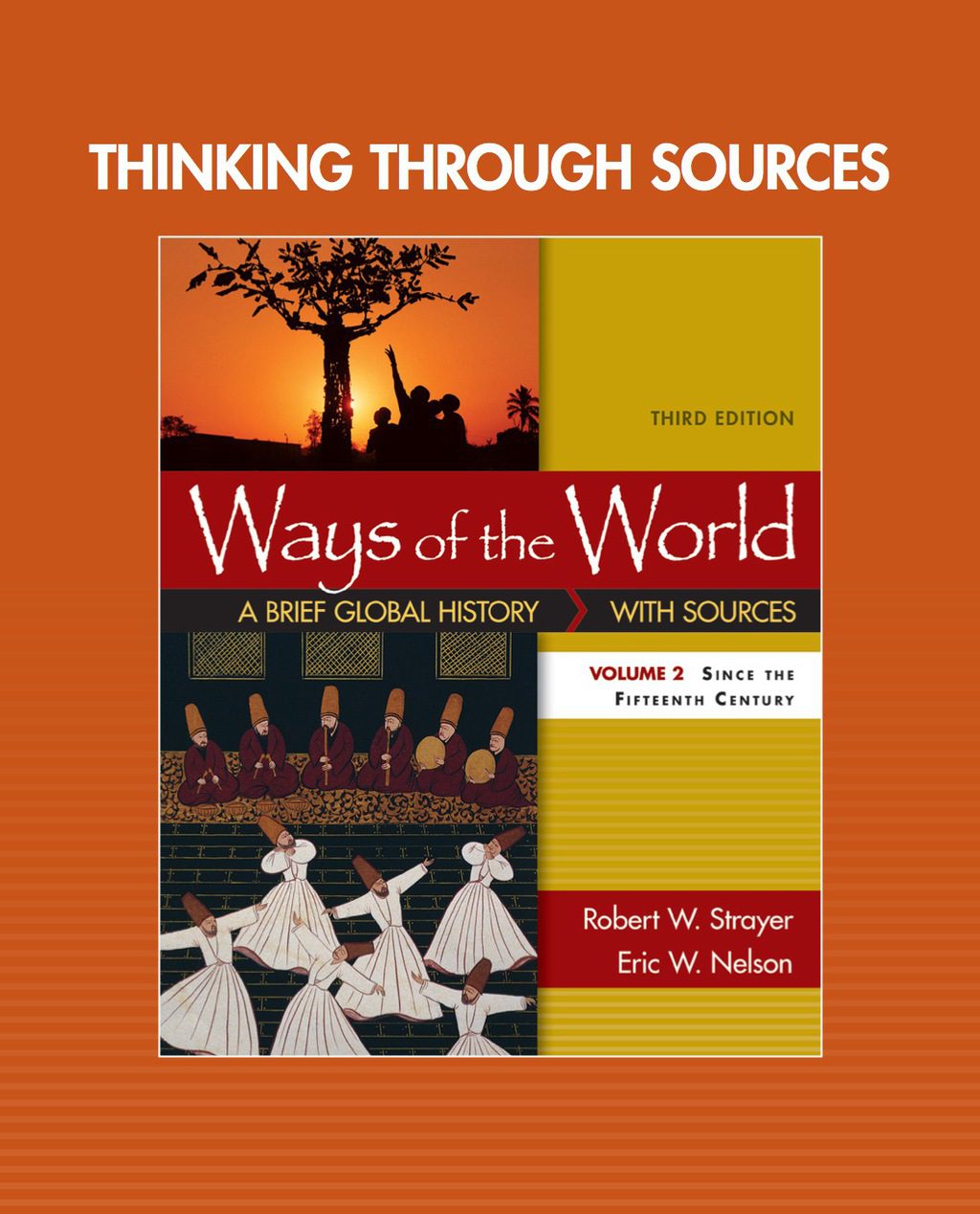
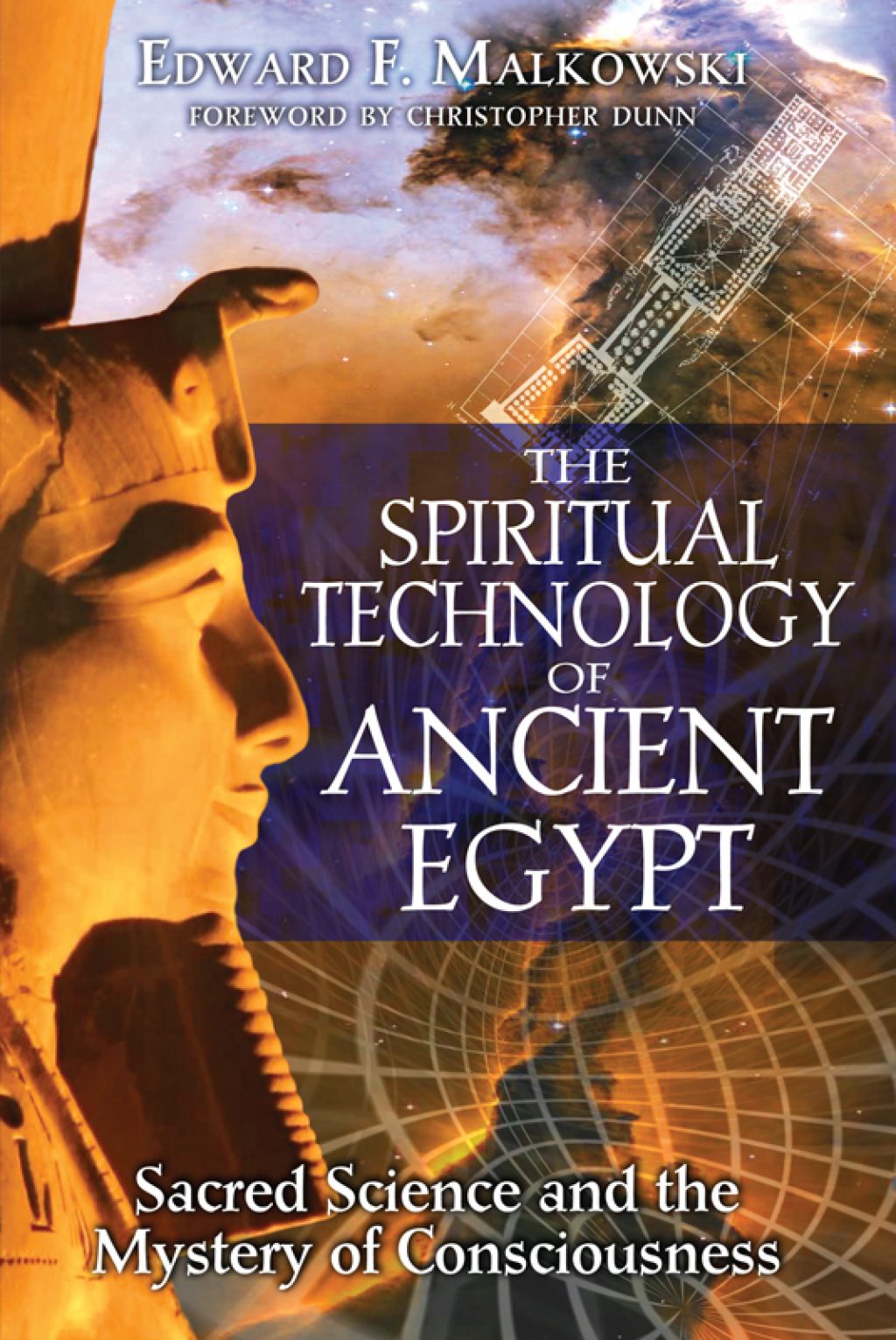
Reviews
There are no reviews yet.